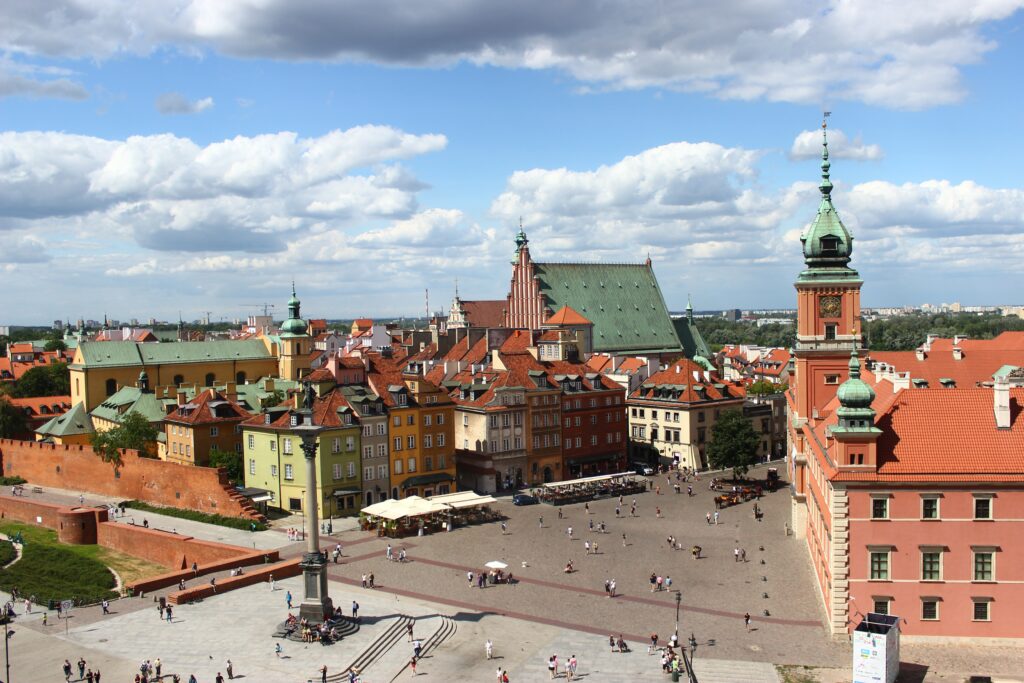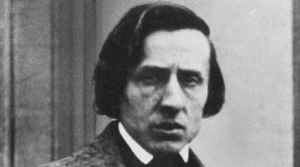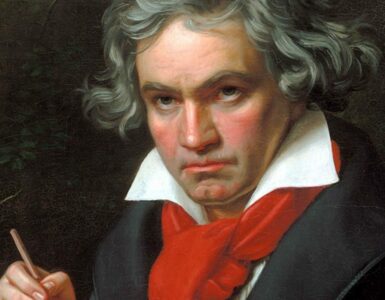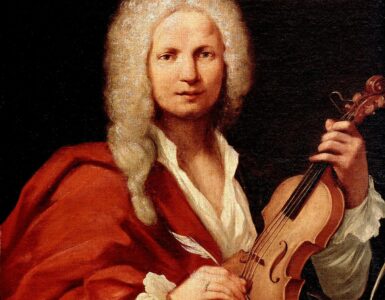The name “Chopin” is no stranger in the world of music. Practically every Classical musician knows his name, and many non-musicians do too. Nearly two centuries after his death, his works and music continue to be widely played around the world.
Born Fryderyk Franciszek Chopin, Frédéric François Chopin (1 March 1810 – 17 October 1849) was a Romantic period composer. Composing mainly for solo piano, Chopin was known as one of the Romantic period most important composers.
That said, let us talk about the life and music of Chopin.
Life of Chopin
Born in Żelazowa Wola to a French father and a Polish mother, Chopin grew up in nearby Warsaw, Congress Poland. While records officially state his birthday as 1 March 1810, his exact birth date is widely disputed. From young, Chopin learnt music and was a child prodigy. He only began composing in his teenage years, right before leaving Poland.

Chopin eventually left Poland when he was 20 – in November 1830, weeks before the November 1830 Uprising. He then settled down in Paris, where he lived for the remaining two decades of his life. It was during this time where he became friends with Hungarian composer Franz Liszt.
While he was initially engaged to Maria Wodzińska, it was a disaster for them both. Chopin then had another troubled relationship with Amantine Dupin, a French writer. In his final years, an admirer, Jane Stirling, financially supported him. This includes her arranging for Chopin to visit Scotland a year prior to his death. He eventually passed away on 17 October 1839 in Paris, after living most of his life in poor health. From what we know, tuberculosis-aggravated pericarditis likely resulted in his death.
Career of Chopin
Early Career
Nobody really knows when Chopin started his official career. However, we know that he began learning the piano from young, first informally from his mother, then from actual teachers. In 1828, Chopin visited Berlin and enjoyed watching operas directed by Italian composer Gaspare Spontini, together with attending concerts by other celebrities. These included composers like C F Zelter and Felix Mendelssohn. When he returned to Berlin the following year as a guest of Prince Antoni Radziwiłł, he wrote the Introduction and Polonaise Brillante in C major for cello and piano, Op. 3. This was for the cellist prince and his pianist daughter.
In 1829, Chopin attended a concert by violinist Niccolò Paganini in Warsaw. He then composed a set of variations called the Souvenir de Paganini. In fact, this may have inspired him to compose his first Études. He then debuted in Vienna after graduating from the Warsaw Conservatory. At Vienna, he gave two concerts before he returned to Warsaw.
With his initial successes in his musical career, Chopin left Warsaw for Western Europe with no clear aim. He first returned to Austria with the intention to proceed to Italy. However, he then went on to Paris after the uprising, since Italy was dangerous due to violent unrest. Chopin then reached Paris in September 1831 and never returned to Poland.
France
In Paris, Chopin used his French names and used a French passport after being granted French citizenship in 1835. Despite that, he never thought of himself as French. It was also here that he met different celebrities and became one himself. Chopin was acquainted with other musicians, including Liszt, Berlioz, and many others.

Chopin was also known for his rare public appearances – less than thirty public performances in his life. However, he was a frequent performer at salons and at home for small groups of friends. His composing career started to pick up in 1833, and publishers published them throughout France and Western Europe.
Chopin met Mendelssohn in early 1834 when attending the Lower Rhenish Music Festival. He then followed Mendelssohn to Düsseldorf before visiting Carlsbad to spend time with his parents. However, that was the last time Chopin met them in his life. He then stayed in Dresden for two weeks on the way back to Paris upon meeting the Wodzińskis. After which, he met Schumann, Wieck, and Mendelssohn in Leipzig.
Declining Career
Chopin began to fall seriously ill in 1842, and his health began to decline after 1844. The number of his compositions began to decrease, albeit more refined. His emotional and intellectual anguish inspired him, and Amantine Dupin nursed him in his illness. Chopin’s popularity and the number of students began to decline, resulting in him having financial issues. Political instability aggravated this, and he gave his last concert in Paris in 1848.
Chopin visited London during the 1848 revolution and performed at a number of concerts. Queen Victoria and Prince Albert, together with William Thackeray and Jenny Lind, attended this. Chopin then visited Scotland, where he wrote his last will and testament. He last performed in London in late 1848 for the benefit of Polish refugees. Then, his illness was terminal, and he weighed no more than 45 kg. He then returned to Paris, playing the piano occasionally.
He passed away on the 17th of October 1849, at the age of 39.
Music of Chopin
Every single composition of Chopin involves the piano. While most of his works are for solo piano, he also composed piano concertos, chamber pieces, and accompanying music for Polish songs. As a child prodigy, his compositions reflected his virtuosity – pieces were technically demanding, and transcend the limits of the piano.
Chopin took inspiration from many different sources when composing – Polish folk music, Classical period composers, and the ambience of Paris salons that he frequent. His style of music continued to influence Romantic period composers after his death.
Character Pieces
Chopin wrote many character pieces – nocturnes, mazurkas, polonaises, études, waltzes, préludes, ballades, and scherzos.
Here are some of his most well-known character pieces
| Character Pieces | Works |
| Nocturnes | Nocturne in B-flat minor, Op. 9, No. 1 Nocturne in E-flat major, Op. 9, No. 2 Nocturne in F minor, Op. 55, No. 1 Nocturne No. 20 in C-sharp minor, Op. posth. |
| Mazurkas | Mazurka in A minor, Op. 17, No. 4 Mazurka in C-sharp minor, Op. 63, No. 3 Mazurka in G minor, Op. 67, No. 2 |
| Polonaises | Polonaise in A major (Military), Op. 40, No. 1 Polonaise in A-flat major (Heroic), Op. 53 |
| Études | Étude (Tristesse) Op. 10, No. 3 Étude Op. 10, No. 5 Étude (Revolutionary) Op. 10, No. 12 Étude Op. 25, No. 5 Étude Op. 25, No. 11 |
| Waltzes | Grande valse brillante in E-flat major, Op. 18 Waltz No. 19 in A minor, Op. Posth. |
| Préludes | Prélude, Op. 28, No. 15 |
| Ballades | Ballade No. 1 in G minor, Op. 23 |
| Scherzos | Scherzo No. 3 in C-sharp minor, Op. 39 |
Polish Identity
Chopin was one of the leading composers in Romantic nationalism, with the composition of mazurkas and polonaises. He felt strongly for his homeland, Poland, which we could see in his works. Chopin took inspiration from Polish folk tunes, though some may argue that they were more urbanised and Warsaw-style.
One such example is from his Nocturne in C-sharp minor, Op. posth., which he wrote in the wake of the 1830 Warsaw Uprising.
Legacy of Chopin
While Chopin, unfortunately, passed on at a young age, his works continue to be widespread today. Chopin’s style influenced many Romantic composers, including his friend Liszt. We continue to see many monuments of Chopin in his native Poland today, with the airport in the Polish capital Warsaw even named Warsaw Chopin Airport.
Chopin continues to be an inspiration to Classical musicians and pianists today.





Add comment